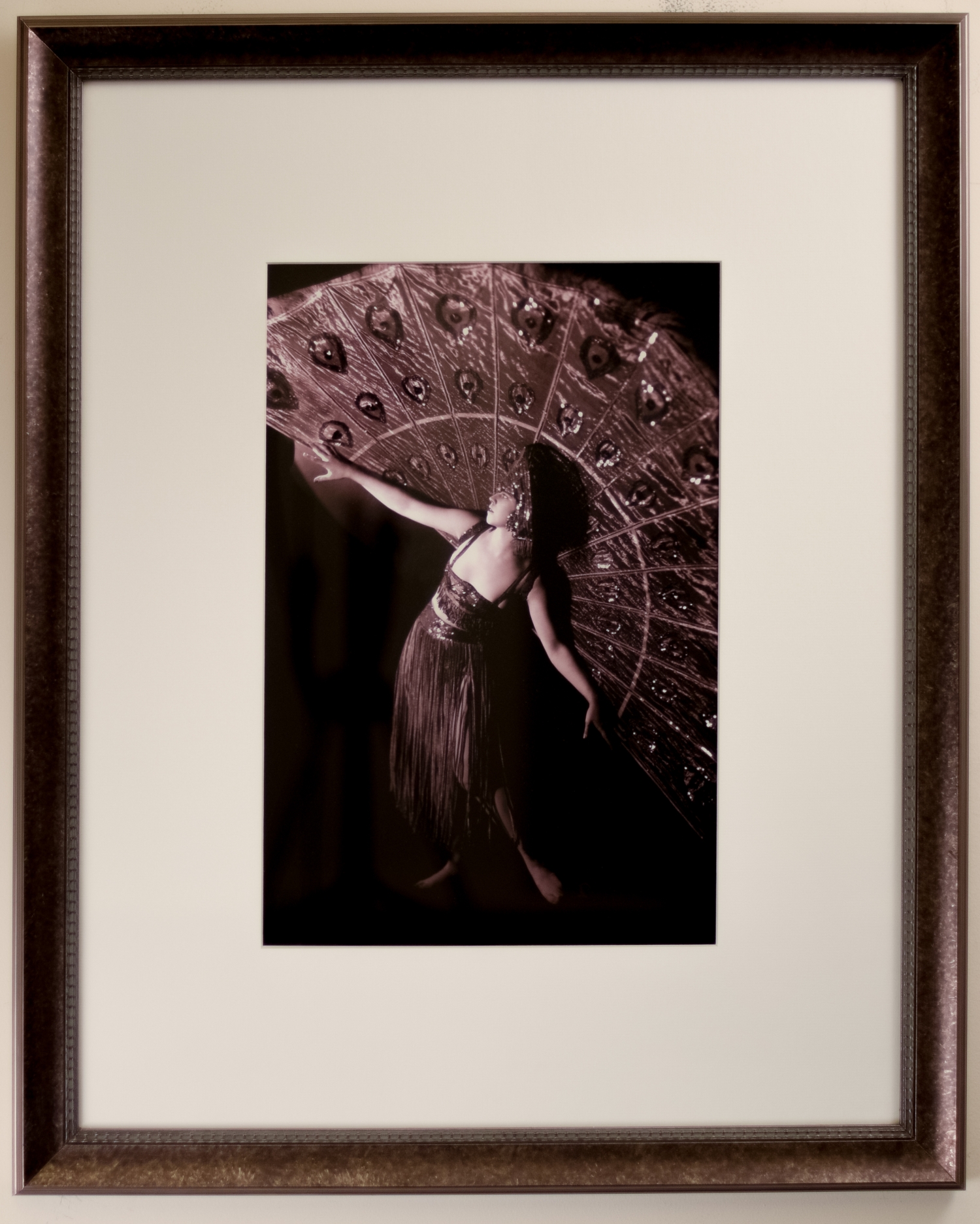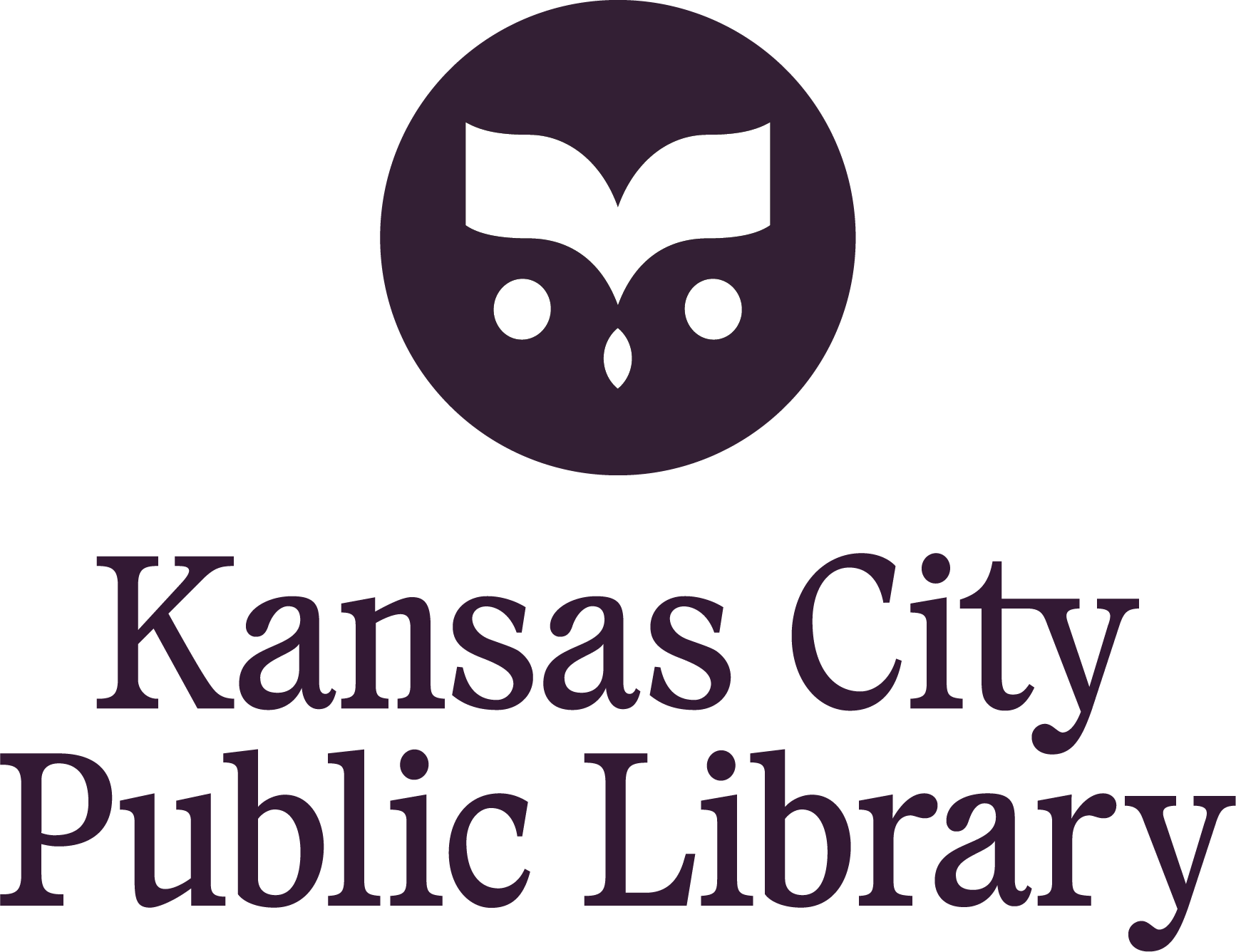Portrait of Janette Hacket in a Peacock Costume
This portrait depicts Janette Hackett, acclaimed dancer of the early twentieth century. Hackett’s first career performance came as a teenager when she appeared in the Shubert’s Passing Show. During this time, under the tutelage of Kitty Doner, Hackett learned to dance. After studying Hawaiian and “Oriental” dance, she went on a five-week tour performance with Nora Bayes and later replaced Billie Shaw in the established act of “Seabury and Shaw”. Hackett received great reviews for the twenty-week engagement, and as a result, William Seabury extended an offer to help Hackett establish a new act. The new routine would pair her with Harry Delmar, with whom she performed in a dancing duo with for many years and later married. Hackett had many notorious, highly successful acts and continued to dance and choreograph for many years. Among her legacies are several “soundies” featuring the “Janette Hackett Dancers” or the “Janette Hackett Girls”. This photograph is dominated by the large fan prop strapped on to Hacket's shoulders, resembling the feathers of a peacock. The fan is extravagant with lightweight shimmering material that is particularly active under light, even in the still of a photograph. Hacket extends her arms along its bottom edge while leaning back, exposing herself to the light in the room. She wears a flashy headpiece, brassiere, and skirt with fringed lower edges. The array of textures and materials of this costume would have been dazzling in show, especially when embodied by Hacket's dance expertise.



